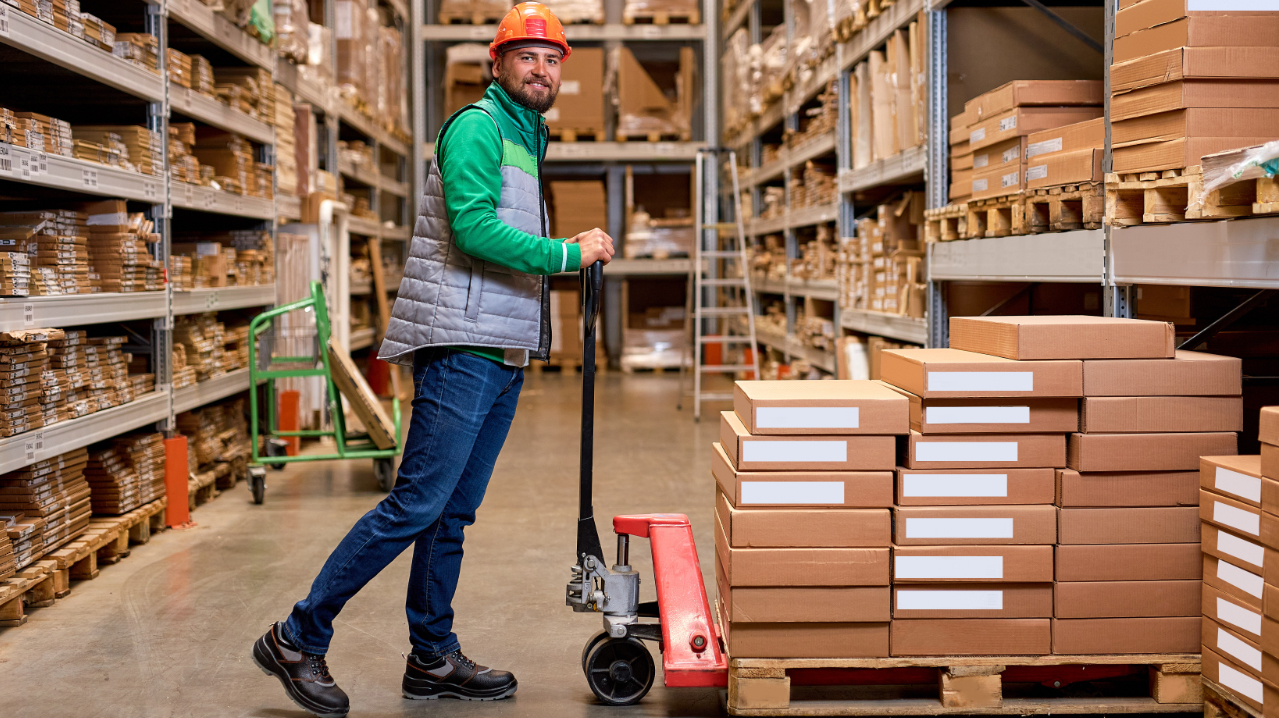The Evolution of Warehouse Efficiency: Innovations in Material Handling Equipment Reshaping Logistics.

In the dynamic realm of logistics and warehousing, the heartbeat of efficiency relies on the evolution of material handling equipment. The advent of groundbreaking innovations in tools such as scissor lift trolleys, hand pallet jacks, container ramps, scissor lift tables, and bin lifters/tippers has been instrumental in redefining the operational landscape of these critical industries. This article aims to delve into the transformative role these innovations play in streamlining operations, enhancing safety, integrating technology, fostering sustainability, and adapting to the ever-evolving demands of the logistics sector.
Efficiency Enhancements and Streamlined Operations
At the core of these advancements lies the drive toward optimizing efficiency. Scissor lift trolleys and tables, along with hand pallet jacks, have redefined the way goods are moved within warehouse spaces. They facilitate swift vertical and horizontal movements of heavy loads, reducing manual labor and minimizing time spent on such tasks. Container ramps further contribute to this efficiency by enabling seamless transitions of goods between different elevations, maximizing productivity in loading and unloading processes.
Prioritizing Safety and Compliance
The significance of safety cannot be overstated in warehouse environments. These modern material handling equipment types have been designed with stringent safety measures in mind. With features such as load-bearing capacities, ergonomic designs, and safety locks, they ensure not only the protection of goods but also safeguard the well-being of warehouse personnel. Compliance with industry safety standards is a critical aspect, and these innovations serve as a cornerstone in meeting and often exceeding these requirements.
Technological Integration for Enhanced Performance
The convergence of technology with material handling equipment has been a game-changer. Advancements like IoT (Internet of Things) integration, sensor-based functionalities, and automation have revolutionized the way these tools operate. Smart functionalities embedded within these machines facilitate real-time monitoring, predictive maintenance, and data-driven decision-making, thereby optimizing workflows and bolstering operational efficiency.
Driving Sustainability Initiatives
In an era where sustainability is paramount, these innovations also contribute significantly to environmental stewardship. Manufacturers have been focusing on creating energy-efficient designs, utilizing eco-friendly materials, and minimizing carbon footprints in the production and operation of these equipment types. Such measures align with the industry’s broader sustainability goals, fostering a greener approach to logistics and warehousing practices.
Adaptation to Changing Industry Dynamics
The logistics landscape is in a state of constant flux, driven by shifts in consumer behavior, e-commerce proliferation, and globalization. These material handling equipment innovations have shown remarkable adaptability, evolving to meet the demands of last-mile delivery challenges, dynamic supply chains, and the ever-increasing need for agility in handling diverse types of goods.
Real-World Impact and Future Prospects
The transformative influence of scissor lift trolleys, hand pallet jacks, container ramps, scissor lift tables, and bin lifters/tippers reverberates across the logistics spectrum. Their collective impact in reshaping warehouse operations, optimizing efficiency, prioritizing safety, integrating technology, championing sustainability, and adapting to industry dynamics marks a pivotal moment in the ongoing evolution of material handling equipment within the logistics and warehousing domain.
In conclusion, the transformative influence of these innovations stands poised to be the bedrock upon which future advancements will be built within the logistics and warehousing industries.






